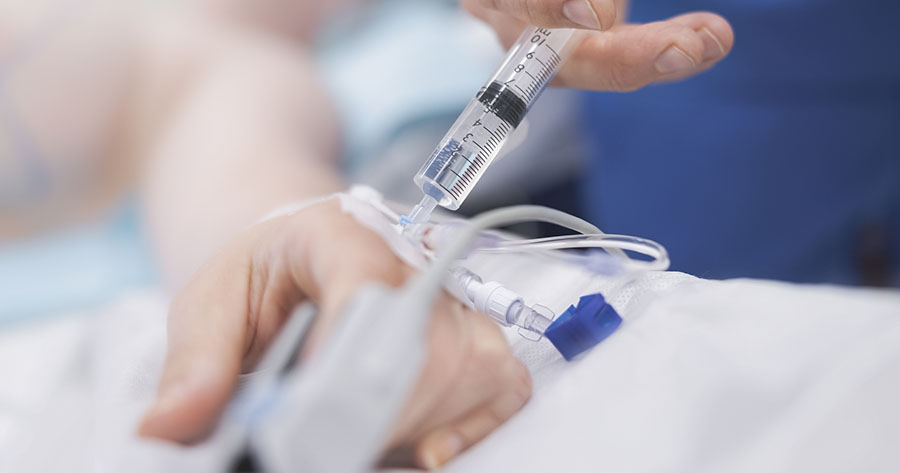By Helen Davies, Senior Medical Writer, Diabetes on the Net
The main findings of IRIS were first presented at the International Stroke Conference in February 2016 and were simultaneously published in the New England Journal of Medicine. The primary outcome – fatal or non-fatal stroke or myocardial infarction – occurred in 175 of 1939 participants in the pioglitazone group and in 228 of 1937 in the placebo group (9.0% vs. 11.8%; hazard ratio [HR], 0.76).
The latest analysis was first presented at the American Diabetes Association’s 76th Scientific Sessions and has now been published in Diabetes Care. Over a median follow-up of 4.8 years, progression from insulin resistance to diabetes occurred in 3.8% of pioglitazone recipients and in 7.7% of placebo recipients (HR, 0.48; P<0.001). This effect was predominately driven by those with an initial fasting plasma glucose >5.6 mmol/L (HR, 0.41) or an HbA1c >39 mmol/mol (5.7%; HR, 0.46).
Pioglitazone was associated with greater weight gain (+2.6 kg vs. –0.5 kg), higher rates of oedema (35.6% vs. 24.9%) and bone fractures requiring hospitalisation or surgery (5.1% vs. 3.2%). However, neither heart failure nor bladder cancer were more common with pioglitazone.
Commenting on the findings, Silvio Inzucchi, the lead study author, said: “My belief is that the diabetes community must readjudicate the role of pioglitazone based on these data. It is an extremely cost-effective drug.”
The results can be read in full here.





